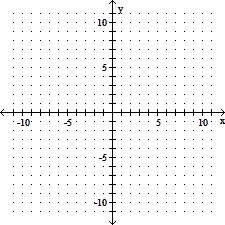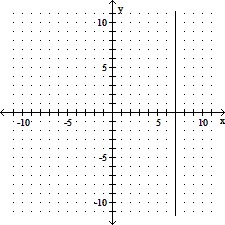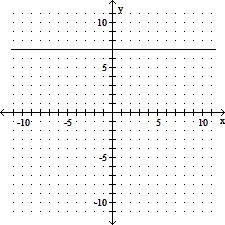Complete the table by computing  at the given values of
at the given values of  . Use these results to estimate at
. Use these results to estimate at  if it exists.
if it exists.![]()
src="https://sciemce.com/media/3/ppg__cognero__2.4_Limits__media__28f4d31f-ac6e-4857-aaa6-27fcfc8dfa1b.PNG" style="vertical-align:middle;" />


A. ?
 | 6.9 | 6.99 | 6.999 | 7.001 | 7.01 | 7.1 |
 | 53.91 | 55.7901 | 55.979001 | 56.007001 | 56.0701 | 56.71 |
?
?
?
B. ??
 | 6.9? | 6.99 | 6.999 | ?7.001 | 7.01 | 7.1 |
 | 54.61 | 55.8601 | 55.986001 | 56.014001 | 56.1401 | 57.41 |
?
C. ??
 | 6.9 | 6.99 | 6.999 | 7.001 | 7.01 | 7.1 |
 | 54.41 | 55.8401 | 55.984001 | 56.012001 | 56.1201 | 57.21 ? |
?
?
D. ?
 | 6.9 | 6.99 | 6.999 | 7.001 | 7.01 | 7.1 |
 | 55.01 | 55.9001 | 55.990001 | 56.018001 | 56.1801 | 57.81 |
?The limit does not exist.?
Answer: B
You might also like to view...
Solve the problem.A formula used to determine the velocity v in feet per second of an object (neglecting air resistance) after it has fallen a certain height is  where g is the acceleration due to gravity and h is the height the object has fallen. If the acceleration g due to gravity on Earth is approximately 32 feet per second, find the velocity of a bowling ball after it has fallen 20 feet. (Round to the nearest tenth.)
where g is the acceleration due to gravity and h is the height the object has fallen. If the acceleration g due to gravity on Earth is approximately 32 feet per second, find the velocity of a bowling ball after it has fallen 20 feet. (Round to the nearest tenth.)
A. 1280 ft per sec B. 25.3 ft per sec C. 35.8 ft per sec D. 6.3 ft per sec
Find the x- and y-intercepts of the graph of the given equation, if they exist. Then graph the equation.y = 7
A. x: 7; y: none
B. x: 7; y: none
C. x: none; y: 7
D. x: none; y: 7
Solve the problem. Round your answer to the nearest tenth unless indicated otherwise.Andrea's sleeping bag is designed for camping in temperatures of 35°C or warmer. For what Fahrenheit temperatures is her sleeping bag designed? Round to the nearest tenth of a degree.
A. 12.6° F or warmer B. 88.6° F or warmer C. 120.6° F or warmer D. 95.0° F or warmer
Find the missing length to the nearest tenth.
A. c = 328.0 cm B. c = 16.6 cm C. c = 656 cm D. c = 25.6 cm







